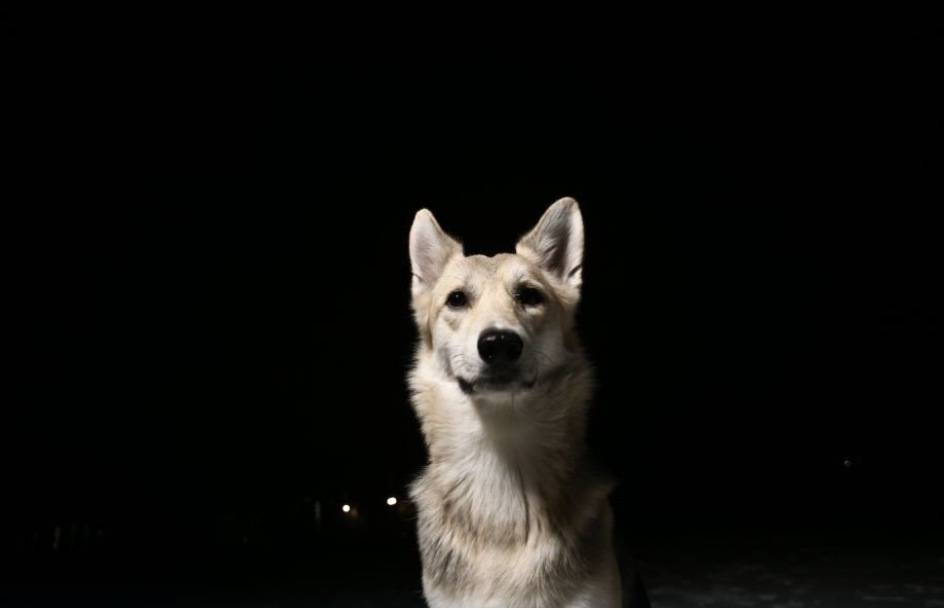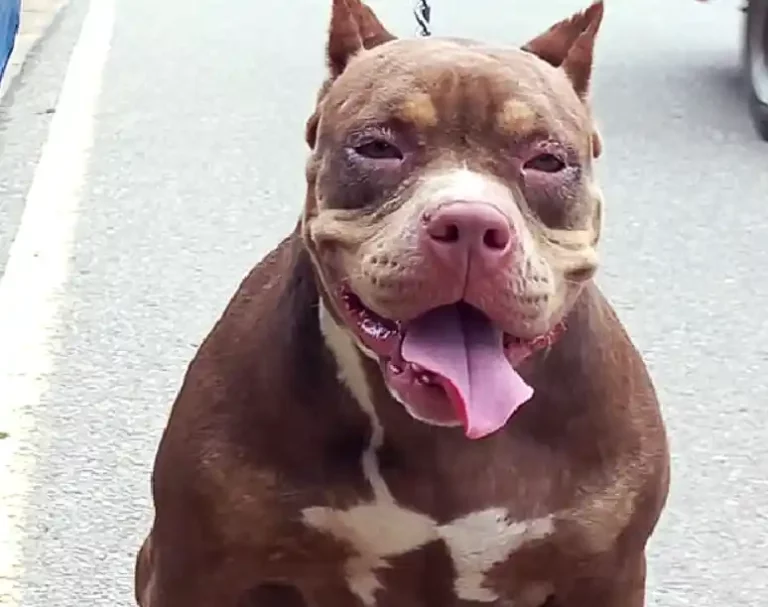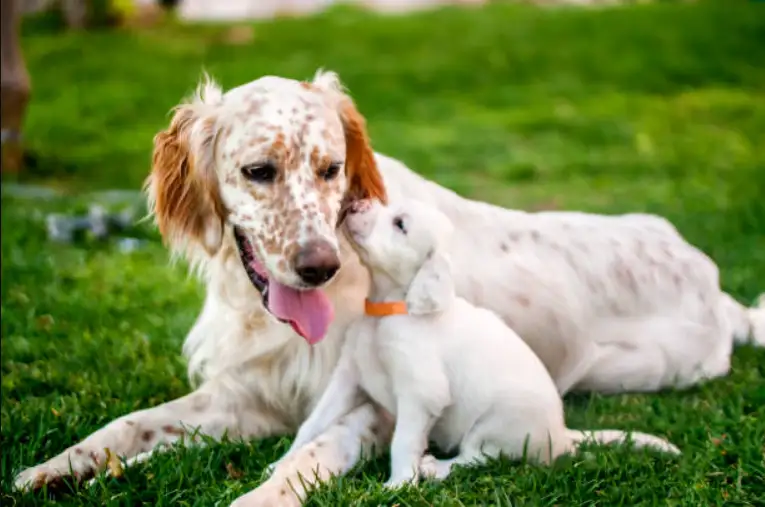Can Dogs Be Afraid Of The Dark?
Dogs have long been associated with mysteries and nocturnal behavior. As pet owners, we often wonder if our dogs can experience fear in the dark. Understanding the nature of dogs’ vision, innate instincts, and how darkness affects their emotions is crucial to ensuring their well-being.
This article will explore whether dogs can be afraid of the dark and how we can help them feel safe during nighttime.

Table of Contents
- Understanding Dogs’ Vision
- Dogs’ Natural Instincts
- Fears and Anxieties in Dogs
- The Influence of Darkness
- Helping Dogs Feel Safe at Night
- How to Help Your Dog Overcome Darkness Anxiety
- Conclusion
- FAQs
Understanding Dogs’ Vision
Dogs possess remarkable visual abilities that allow them to navigate various lighting conditions. Their eyes have evolved to perceive subtle movements and detect prey efficiently. However, their vision differs from humans, particularly in low-light situations.
How Dogs See in Low Light
Dogs have a higher number of rod cells in their retinas, which are responsible for detecting light and motion. This abundance of rod cells grants them better night vision compared to humans. Dogs’ eyes also have a reflective layer called the tapetum lucidum, which enhances their ability to gather available light, giving them a sort of built-in night vision.
The Role of Night Vision in Dogs
Night vision plays a crucial role in dogs’ natural behavior. Their ancestral instincts as nocturnal hunters have shaped their ability to adapt and thrive in darkness. However, this doesn’t necessarily mean that dogs are immune to fear or anxiety when it comes to the absence of light.
Dogs’ Natural Instincts
So, to understand how darkness affects dogs, it’s essential to delve into their natural instincts and survival adaptations.
Prey Animals and Nocturnal Behavior
Dogs are natural predators, and many prey species are active at night. Their hunting skills and sensory abilities are finely tuned for stalking and capturing prey in dimly lit environments. This nocturnal behavior is deeply ingrained in their DNA.
Survival Adaptations
Dogs have developed various adaptations to excel in low-light conditions. Their whiskers, for example, serve as exquisite sensors, helping them navigate tight spaces and detect potential obstacles. Their acute hearing and sense of smell further aid in compensating for reduced visibility.
Fears and Anxieties in Dogs
While dogs may be skilled hunters, they are not immune to fears and anxieties. Understanding common fears and anxiety triggers is crucial in addressing their emotional well-being.

Common Fears in Dogs
Dogs can experience various fears, including loud noises, unfamiliar environments, or encounters with other animals. These fears can trigger anxiety responses, affecting their overall behavior and well-being.
Anxiety Triggers
Darkness itself may not be a direct cause of fear for dogs. However, it can amplify existing anxieties or trigger their primal instincts. Dogs are naturally cautious animals, and unknown or hidden objects in the dark may elicit fear responses.
The Influence of Darkness
Darkness can have a profound influence on dogs’ emotions and behaviors. Let’s explore how it impacts their perception and overall well-being.
The Unknown and Fear
The absence of light can create an environment of uncertainty for dogs. Their acute senses become more alert, making them hyper-aware of potential threats or dangers. This heightened state of awareness can lead to feelings of fear or anxiety.
Sensory Deprivation
In the dark, dogs rely heavily on their senses other than vision. However, complete darkness can limit their ability to gather information about their surroundings. This sensory deprivation may intensify their vulnerability and increase their anxiety levels.
Helping Dogs Feel Safe at Night
As responsible pet owners, we can take steps to alleviate any fears or anxieties our dogs may experience in the dark. Here are some strategies to help them feel safe and secure during nighttime.

Providing Adequate Lighting
Ensuring there is enough lighting in the areas where your dog spends time can help alleviate their fears. Nightlights or low-level ambient lighting can provide a sense of security and help them navigate their environment more comfortably.
Creating a Safe Environment
Ensure your home is a safe and welcoming space for your dog, especially at night. Provide hiding spots, comfortable bedding, and elevated perches where they can retreat and observe their surroundings. Creating a predictable and comforting environment can help reduce their anxiety levels.
Promoting Positive Associations
Associate the nighttime with positive experiences for your dog. Engage in interactive play sessions or offer rewards and treats during the evening. Creating positive associations with the dark can help your dog develop a more relaxed and comfortable attitude toward it.
How to Help Your Dog Overcome Darkness Anxiety
If your dog exhibits signs of fear in the dark, providing them with a supportive and comforting environment is essential. Consider implementing the following strategies to help your dog overcome their anxiety:
- Gradual Exposure:
Introduce your dog to dimly lit environments in a gradual manner. Begin with softly lit rooms and gradually decrease the brightness over time. This incremental approach allows your dog to acclimate to the dark, minimizing their fear response.
- Create Safe Spaces:
Designate a cozy and secure area in your home where your dog can retreat when they feel frightened. Provide comfortable bedding, toys, and familiar scents to create a calming atmosphere within their safe haven.
- Night Lights:
Installing night lights in strategic lodging throughout your home can alleviate your dog’s anxiety. By casting a soft glow, night lights help to reduce the stark contrast between light and darkness, providing a sense of security for your dog.
- Positive Reinforcement:
Reward your dog with treats and praise when they exhibit calm behavior in dimly lit or dark environments. Positive reinforcement strengthens the association between darkness and positive experiences, gradually diminishing their fear.
- Consult a Veterinarian:
If your dog’s fear of the dark persists or intensifies despite your efforts, seeking professional advice from a veterinarian is advisable. They can evaluate your dog’s overall well-being, rule out any underlying health issues, and provide further guidance tailored to your dog’s specific needs.
Conclusion
While dogs may not be inherently afraid of the dark, the absence of light can contribute to their fears and anxieties. Understanding their unique vision, natural instincts, and emotional responses is crucial to ensuring their nighttime well-being.
By providing adequate lighting, creating a safe environment, and promoting positive associations, we can help our dogs feel secure and at ease in the dark.
Related Articles: –
How Long Will A dog Hide If Scared? [3 Things to do]
FAQs
Can all dogs see in the dark?
While dogs have better night vision than humans, not all dogs can see in complete darkness. They still rely on available light sources or their other senses to navigate in low-light conditions.
How can I tell if my dog is afraid of the dark?
In dogs, signs of fear or anxiety can include dilated pupils, increased alertness, hiding behavior, or excessive vocalization. Observing their body language and behavior can give you insight into their emotional state.
Are there specific breeds more prone to fear the dark?
There is no direct correlation between specific dog breeds and fear of the dark. However, dogs may have varying temperaments and sensitivities that can influence their response to darkness.
Should I leave a light on for my dog at night?
Leaving a nightlight or providing low-level ambient lighting can help dogs feel more secure at night. It can also assist them in navigating.





![The Science Behind Dog Foot Licking Behavior [63% of Dogs Can't Resist] 8 The Science Behind Dog Foot Licking Behavior [63% of Dogs Can’t Resist]](https://www.puppiesdiary.com/wp-content/uploads/2023/09/Dog-Foot-Licking-Behavior-768x497.jpg)
